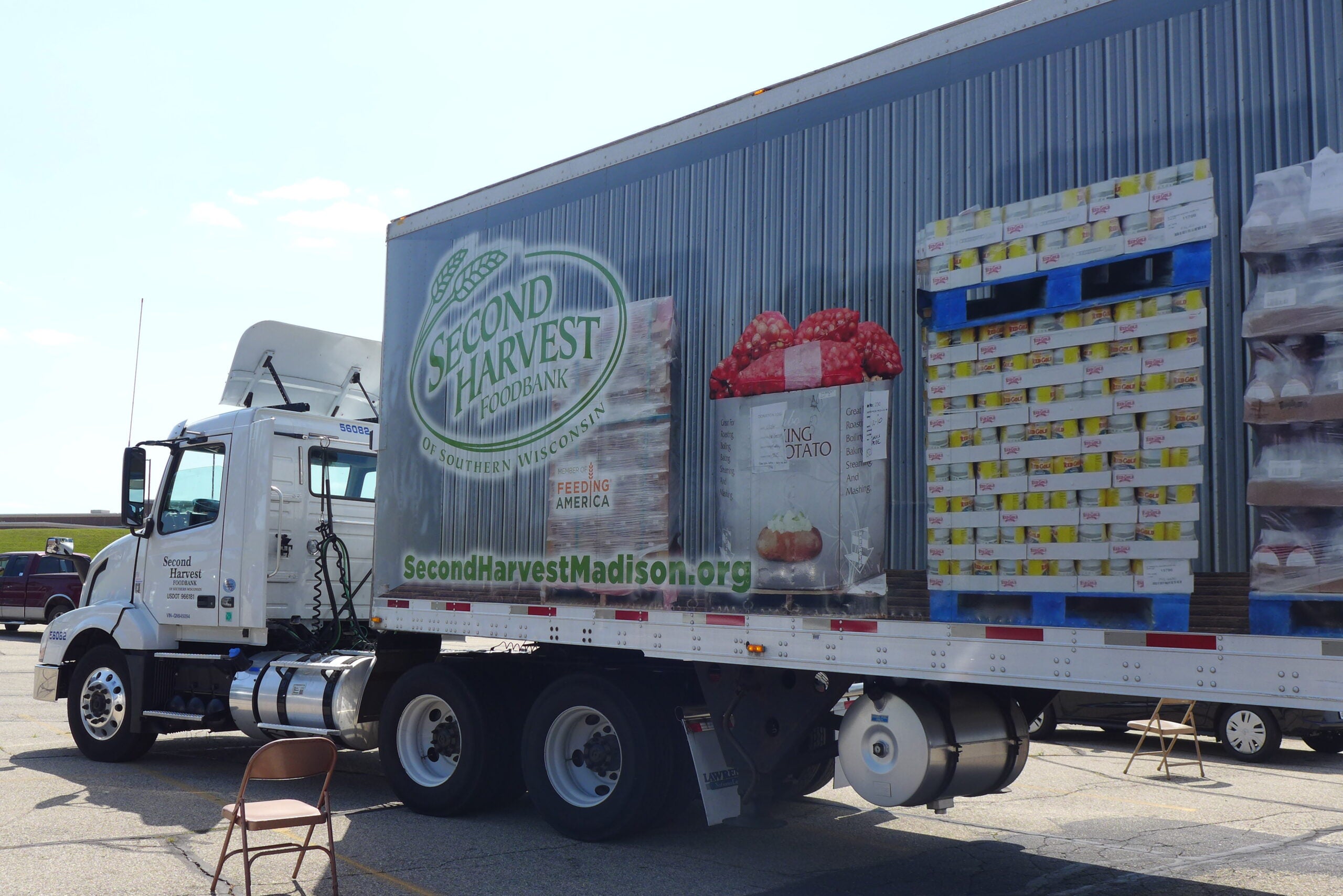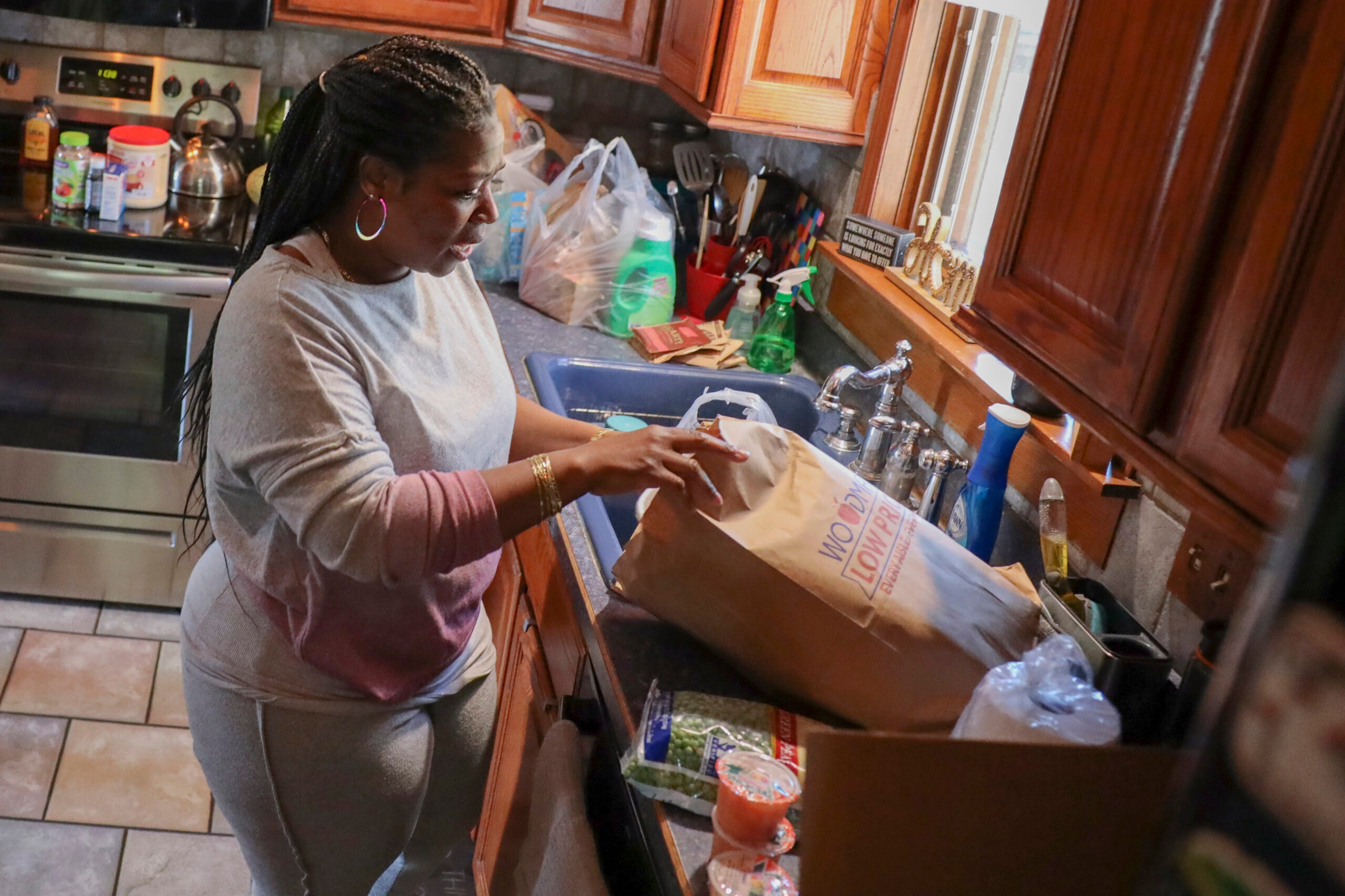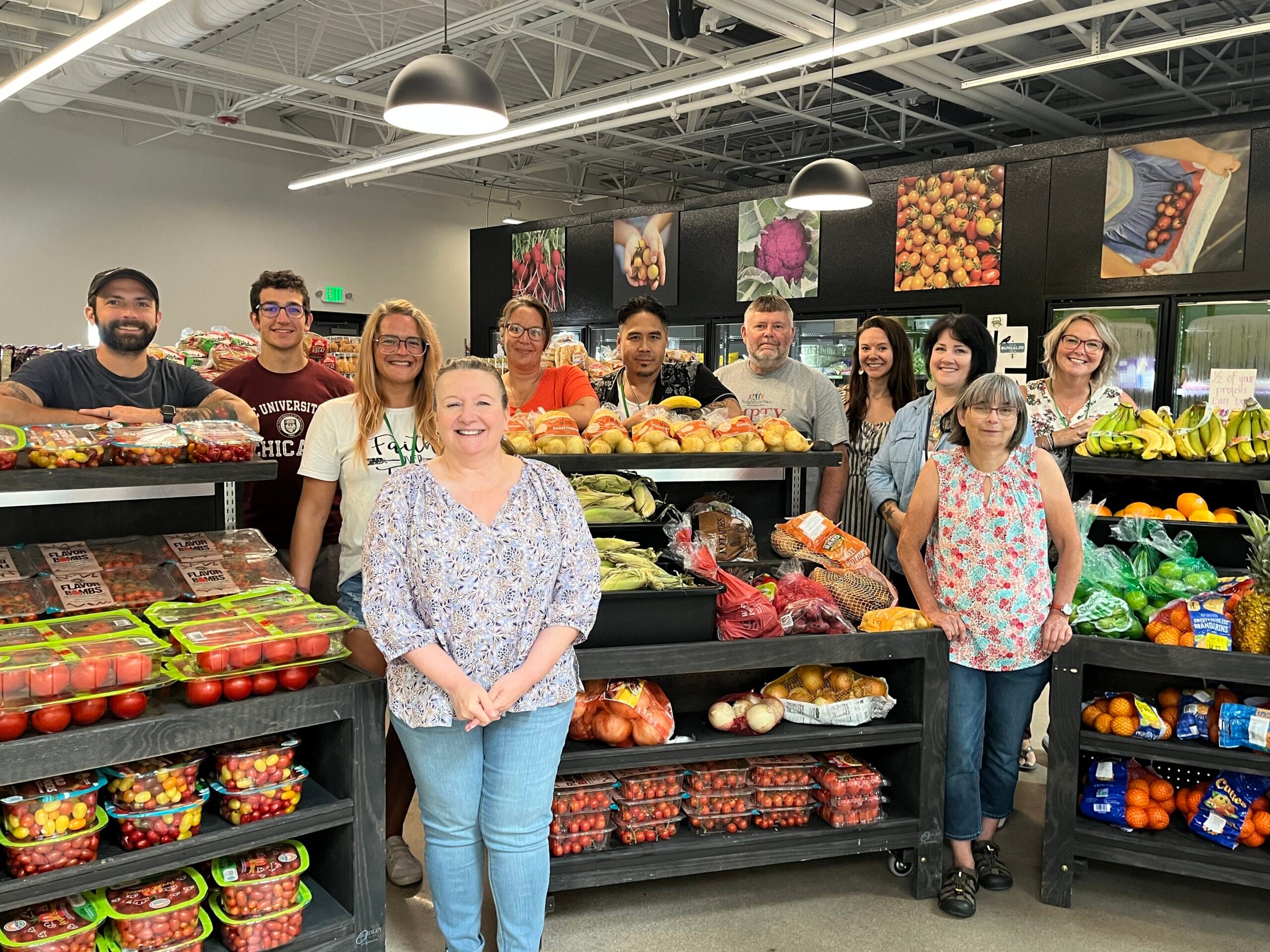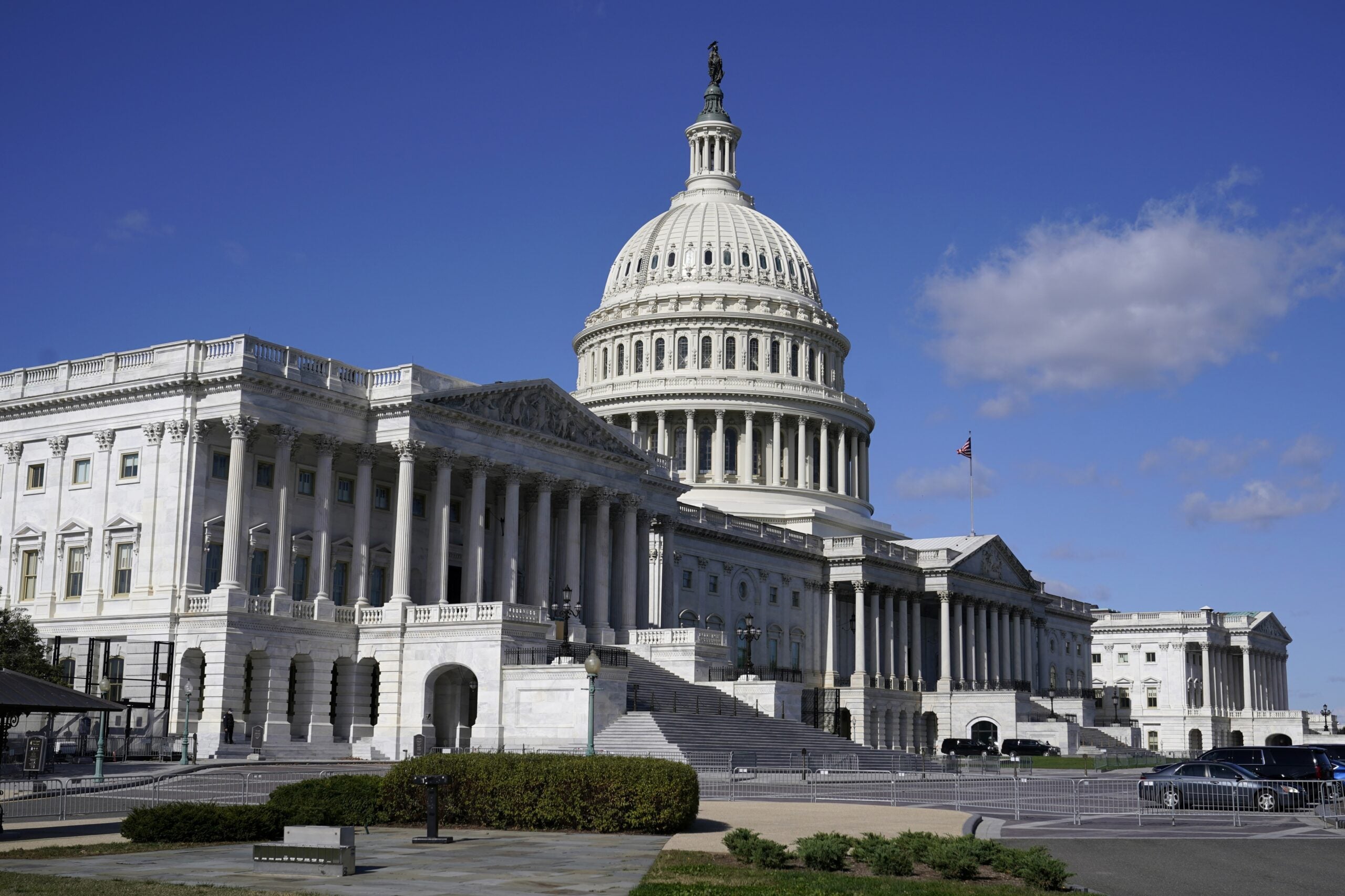The government programs that help people eat may soon be undergoing major changes — both at the federal and state level.
President Donald Trump’s budget proposal calls for substantial cuts to the nutrition programs people have come to rely on, including $193 billion in cuts to Supplemental Nutrition Assistance Program over the next ten years. The pending House budget resolution also mandates $10 billion in cuts and recommends an additional $150 billion to SNAP.
Here in Wisconsin, changes in the recently passed state budget could tighten up eligibility, making it more difficult for people to qualify for government food assistance. Changes at both the state and national level could mean more people turning to food pantries as their only option for groceries.
Stay informed on the latest news
Sign up for WPR’s email newsletter.
On a warm August day, the parking lot of a church in Marshall, Wisconsin is filling up. People arrive in sandals and shorts, carrying coolers. It looks like they’re going to a picnic. But this scene plays out even in the worst of weather. This crowd assembles every time the Second Harvest Foodbank of Southern Wisconsin brings one of its 27 mobile food pantries to the church parking lot.
“Two of our largest mobile food pantries are in Beloit. They start dispersing food at 10 a.m. They regularly have people show up at 5 a.m. in the morning. And that is regardless of the weather. They’ve had people there at 5 a.m. in the morning when it 10 (degrees) below (zero),” said Second Harvest spokesman Kristopher Tazelaar.
Every month, about 17,000 pounds of food are brought to the church by semitruck. The inside of the church, which serves as a food pantry on this August day, looks like a small supermarket, complete with rows of food and grocery carts clattering across the floor. With demand high, more than 200 people wait in line outside of the church, counting on the 80 pounds of food, everything from meat and cheese to fruit and cereal, they’ll get once inside.
“We have eight people in our family and I can’t support them all on (me and my husband’s) disability only,” said Tammy Weller.
Weller says her husband lost a lung to Agent Orange, a toxic herbicide used during the Vietnam War. The family’s income is more than what’s allowed to qualify for government food assistance known as FoodShare in Wisconsin. Weller says she’s come to food pantries for 20 years.
“Otherwise we would run out of food,” Weller said. “My kids come first.”
Weller drives 16 miles one way to get to the pantry. Another woman in line, Tammy Butler, drives 22 miles one way. With car keys rattling in her hands she describes the careful calculation of using costly gas to get free food.
“It’s worth the gas money,” said Butler. “Because you get probably over a hundred dollars worth of groceries.”
Butler raises two teenagers on her own. She says kidney disease and a bad back prevent her from working but she’s not on disability. Her kids don’t receive child support from their father but one daughter does get social security. The family also relies on $300 a month in FoodShare benefits. But it only pays for part of their grocery bill.
“You don’t get enough from FoodShare to cover the month. You have to spend money out of your pocket,” said Butler. She also drives to a second food pantry in Reeseville.
“And they’re wonderful; they really help people out. They’re helping out the migrant families right now that are working at the canning factory,” Butler continued.
Anthony Calas pushes a shopping cart among rows of groceries brought to a mobile food pantry in rural Dane County. Shamane Mills/WPR
Like Butler, Anthony Calas also relies on both the mobile food pantry and FoodShare.
“Sixteen dollars in a month in food stamps doesn’t quite cut it,” said Calas.
Calas is a military veteran who gets disability. He and his wife live in subsidized housing. They have a car, which allows them to drive to this pop-up food pantry.
“This isn’t for poor people,” said Calas. “I’ve seen a lot of middle class people. You take a look at the vehicles in the lot. You’ll see yourself a lot of SUVs.”
This can lead to the perception that some use food pantries or receive government food assistance when they don’t need it.
But David Lee, executive director of Feeding Wisconsin* cautions against making that assumption.
“So, look, if I lost my job and I needed to have some bridge dollars to feed my family while I looked for a job, I don’t think we should be creating disincentives for people to save,” Lee said.
A provision in the recently-passed state budget prevents people from getting food assistance if they have $25,000 or more in assets. This would not include a primary residence or a vehicle, but would apply to stocks and bonds, along with checking and savings accounts. A legislative fiscal bureau analysis says the asset threshold is high enough that it does not create a disincentive to work or save.
It’s estimated that 19,000 households would be impacted if the state gets federal permission to implement the policy.
*Wisconsin Public Radio Director Mike Crane is on the board of Feeding Wisconsin, the lobbying arm/trade association for food banks like Second Harvest.
Wisconsin Public Radio, © Copyright 2024, Board of Regents of the University of Wisconsin System and Wisconsin Educational Communications Board.





